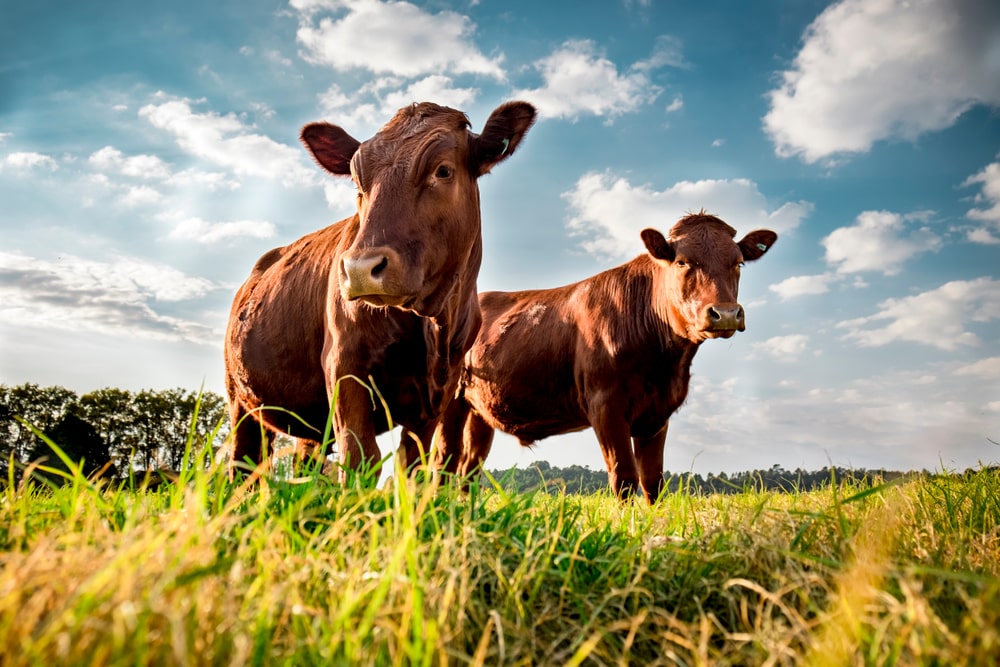Due to its nutritional richness, red meat is an essential component of a healthy and balanced diet. The most consumed types of red meat are: beef, lamb, and mutton – those represent an excellent choice for alimentation. În order to maintain good health, nutritionists recommend including cow meat in the diet.
The nutritional composition of red meat
It is well known that red meat is an excellent source of high biological value protein, while also being mostly low în fat and sodium. With a rich content of essential nutrients such as: vitamin B12, niacin, vitamin B6, iron, zinc and phosphorus, red meat is also a source of omega 3- polyunsaturated fats, riboflavin, selenium, pantothenic acid, and vitamin D. Adding to these, red meat is also a source of antioxidants and other substances including creatine, carnitine, ubiquinone, glutathione, and taurine.
Considering the benefits of meat consumption, most people want to find the best beef prices for the highest quality.
Beef carcass – a relevant factor for meat quality
As a general rule, there are five factors that best describe beef carcasses. According to Justin Rhinehart, a beef and cattle specialist, the beef carcass traits are determined by observing and measuring specific carcass features such as: quality grade, yield grade, carcass weight, ribeye area, fat thickness or backfat thickness. In an article he published in 2008, Interpreting Carcass Data, the quality of the carcass traits can be described by:
- The quality grade – which refers to the corresponding marbling score or the percentage of intramuscular fat or a mix of those elements;
- Yield grade – The components of the yield grade are: carcass weight, fat thickness, kidney percentage, pelvic and heart fat and ribeye area;
- Carcass weight – which refers to the unchilled weight of a beef carcass after the removal of the hide, head, gastrointestinal tract, and internal organs. This is the most important factor in determining beef carcass prices. The National Beef Quality Audit emphasizes a range of 650 to 850 pounds as an industry target for carcass weight. It is well known that the size of the meat carcass is genetically influenced and can have an impact in breeding decisions.
- Ribeye area – is determined by measuring the area of the longissimus dorsi muscle (ribeye) exposed by cutting or ribbing the carcass (between the 12th and 13th ribs). Regarding the ribeye area în the beef industry, the size varies enormously. The paradox is that according to the specialists both excessively small and excessively large ribeyes are quality challenges for the beef carcass. An optimum range for ribeye area is 11 to 15 sq. in. Ribeye area targets should be approximately 1.6 to 1.8 sq. in. per 100 pounds of carcass weight.
- The fat thickness or backfat thickness – is a measure of external fat thickness on a carcass. External fat is the most important determinant of retail yield. Fat thickness is measured at a point ¾ of the length of the longissimus dorsi muscle from the split chine bone.

